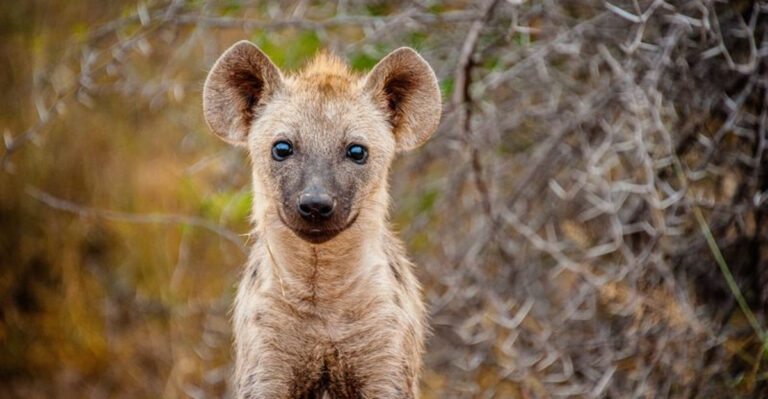14 Key Differences Between Orcas And Dolphins
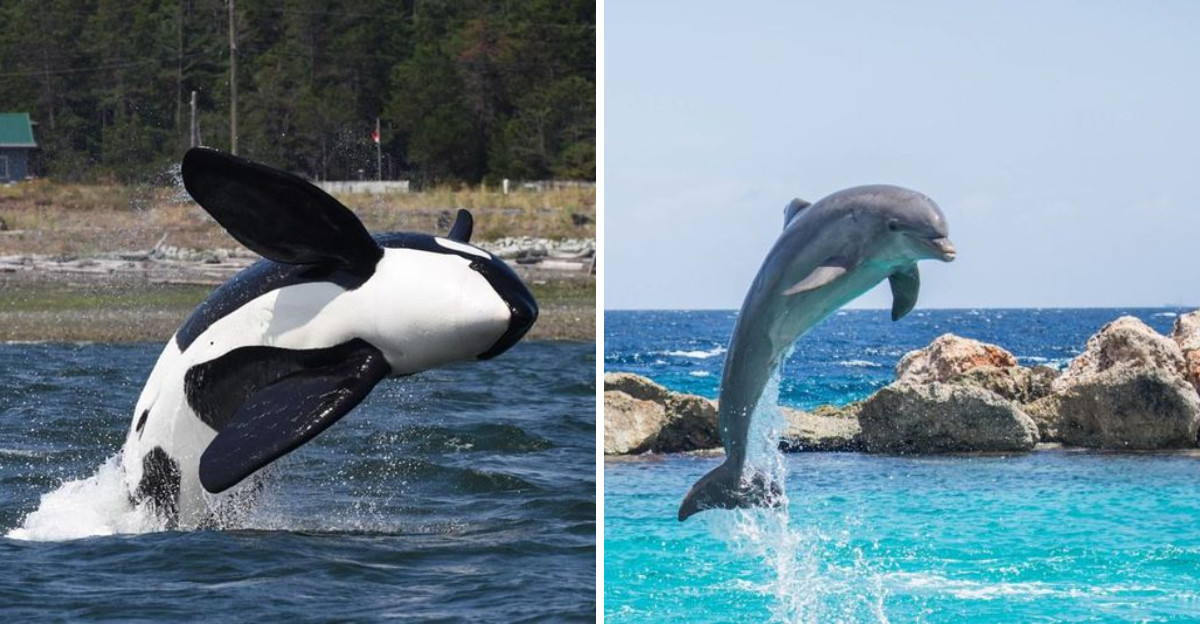
Orcas and dolphins, both beloved marine mammals, share many similarities but are actually quite different creatures.
While orcas are technically the largest member of the dolphin family, they have evolved distinct characteristics that set them apart from their smaller cousins.
Understanding these differences helps us appreciate the amazing diversity of cetaceans swimming in our oceans today.
1. Size: The Giants Vs. The Sleek Swimmers
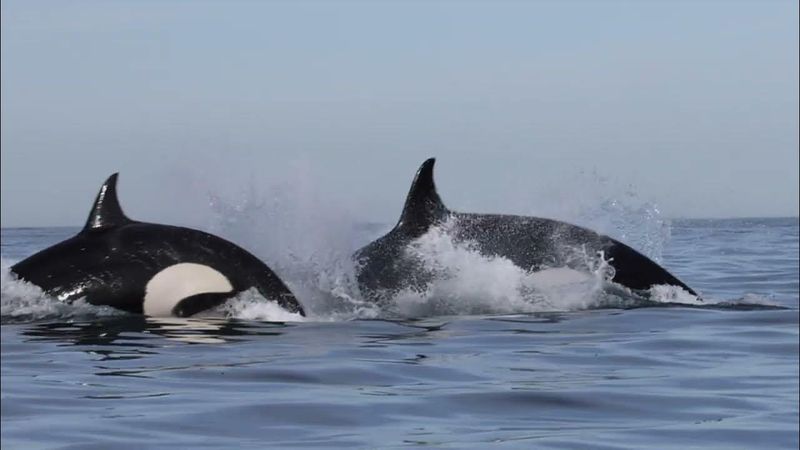
Male orcas can reach lengths of 26 feet and weigh up to 6 tons! Their massive size helps them hunt large prey like seals and even whales.
Dolphins, in contrast, are much smaller, with most species measuring between 6-12 feet long and weighing a few hundred pounds. Their sleek, smaller bodies allow them to be more agile in coastal waters.
2. Social Structure: Pod Hierarchy Differences
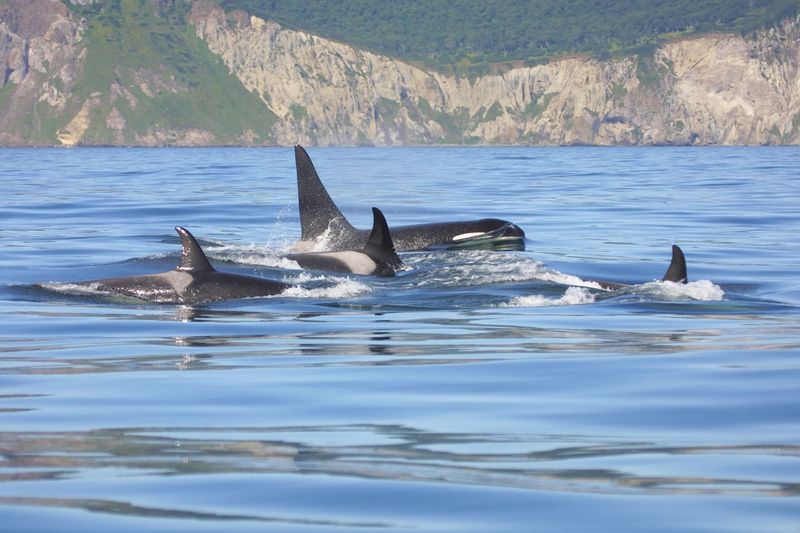
Orcas form tight-knit matriarchal pods led by older females, with some pods maintaining stable membership for generations. Sons typically stay with their mothers their entire lives.
Dolphin pods feature more fluid membership, with individuals often switching between groups. Their social bonds, while strong, tend to be more flexible than the rigid family structures of orcas.
3. Diet
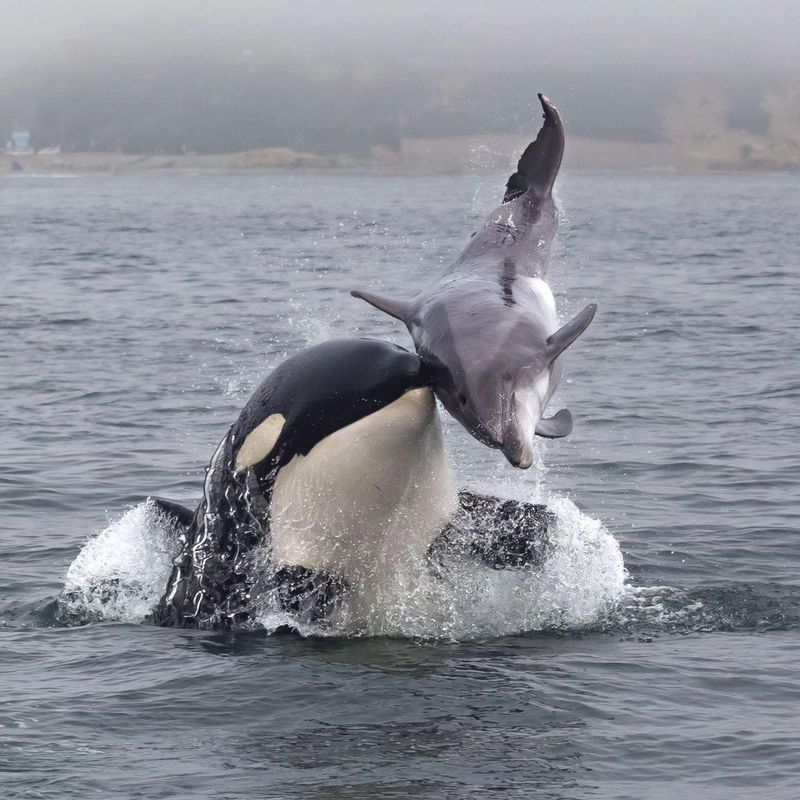
Orcas earn their “killer whale” nickname through impressive hunting skills. Some populations specialize in catching seals, others prefer fish, and some even hunt other whales!
Most dolphins stick to a fish-based menu, using cooperative hunting techniques to herd small fish into tight balls. They’ll also munch on squid and crustaceans depending on what’s available in their habitat.
4. Communication: Language And Vocalizations
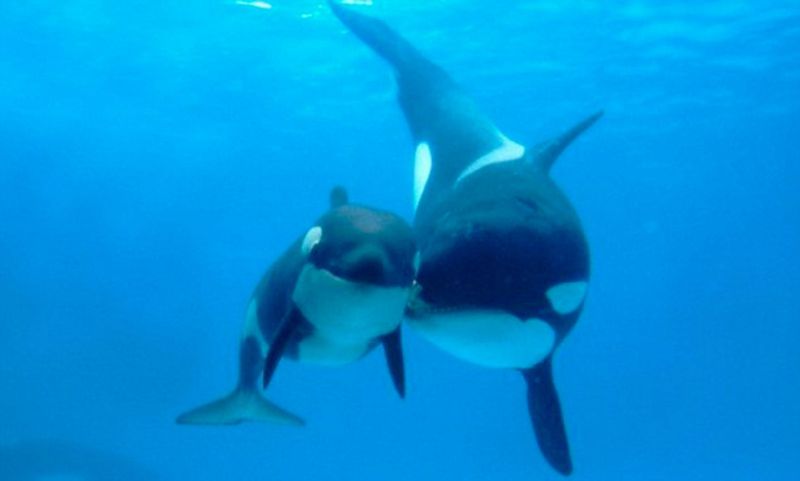
Orcas possess distinct dialects unique to their pods! These family-specific calls help members recognize each other and coordinate activities even in dark or murky waters.
Dolphins communicate through a complex system of clicks, whistles, and body language. Each dolphin even develops a signature whistle—essentially a name—that identifies them to other dolphins throughout their life.
5. Behavior
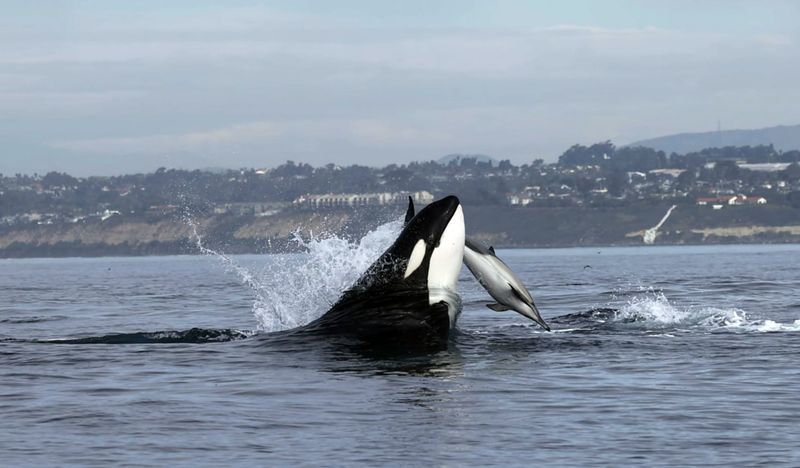
Orcas display calculated hunting behaviors, sometimes intentionally beaching themselves to grab seals or creating waves to wash prey off ice floes. Their hunting techniques are often passed down through generations.
Dolphins balance hunting with playful antics like riding waves, tossing seaweed, and performing acrobatic leaps. Their curious nature and apparent joy make them crowd favorites at beaches worldwide.
6. Habitat: Where Do They Live And Why?

Orcas roam every ocean on Earth but prefer cooler waters near coastal areas with abundant prey. Some populations migrate vast distances following food sources. Most dolphin species favor warmer, tropical waters, though some inhabit rivers!
Their habitat choices reflect their smaller size and different prey preferences, with many species thriving in shallow coastal environments.
7. Lifespan
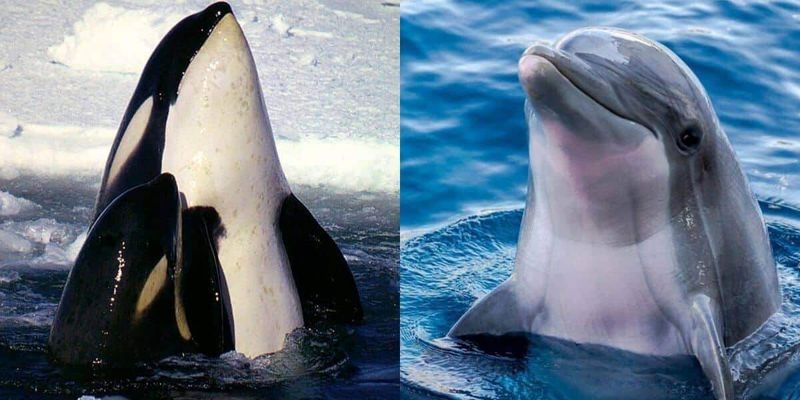
Female orcas are marathon survivors, living up to 80-100 years in the wild! This remarkable longevity rivals human lifespans and makes them one of the longest-lived marine mammals.
Dolphins typically live 20-30 years, though some bottlenose dolphins reach 50 years. Their shorter lives reflect different evolutionary strategies and environmental pressures compared to their larger cousins.
8. Physical Characteristics
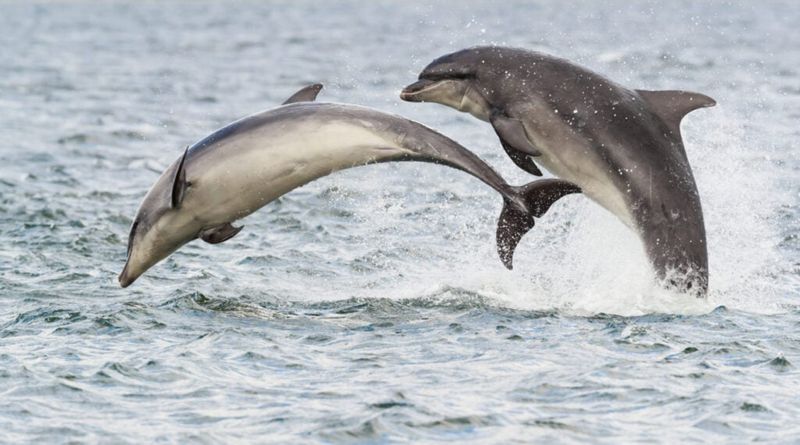
Orcas sport that iconic black-and-white coloration with a tall, straight dorsal fin that can reach 6 feet in males! Their rounded heads and distinctive white eye patches make them instantly recognizable.
Dolphins feature more streamlined bodies with curved dorsal fins and longer, narrow beaks perfect for catching fish. Their coloration tends toward grays and blues—perfect camouflage when viewed from above or below.
9. Swimming Speed

Dolphins take the speed crown, with some species like the common dolphin reaching bursts of 37 mph! Their streamlined bodies create minimal drag, allowing them to zip through water with incredible efficiency.
Orcas aren’t slowpokes either, reaching speeds around 30 mph in short bursts. What they lack in top speed, they make up for with endurance, maintaining steady paces while hunting prey over long distances.
10. Intelligence: Problem-Solving And Social Learning
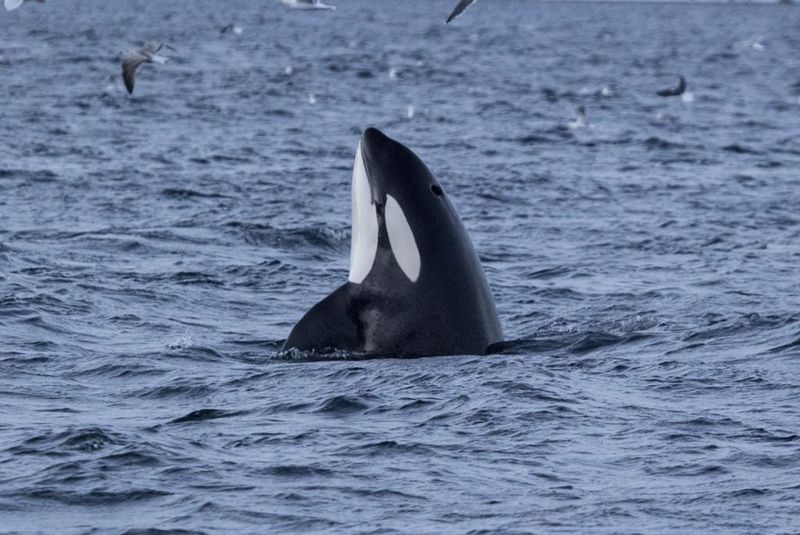
Orcas showcase remarkable cultural learning, developing unique hunting techniques passed through generations. Some pods have figured out how to intentionally strand themselves to catch seals, then wriggle back to safety!
Dolphins demonstrate tool use by wearing sponges on their beaks for protection while foraging. Their problem-solving abilities shine in captivity where they quickly learn complex tricks and sometimes even create their own games.
11. Reproduction

Female orcas experience one of the longest menopause periods outside humans! They stop reproducing around age 40 but live decades longer, helping raise grandcalves and sharing ecological knowledge with younger pod members.
Dolphins reproduce throughout most of their adult lives. Their calves develop faster than orca calves, becoming independent earlier—an adaptation that helps maintain dolphin population numbers.
12. Echolocation
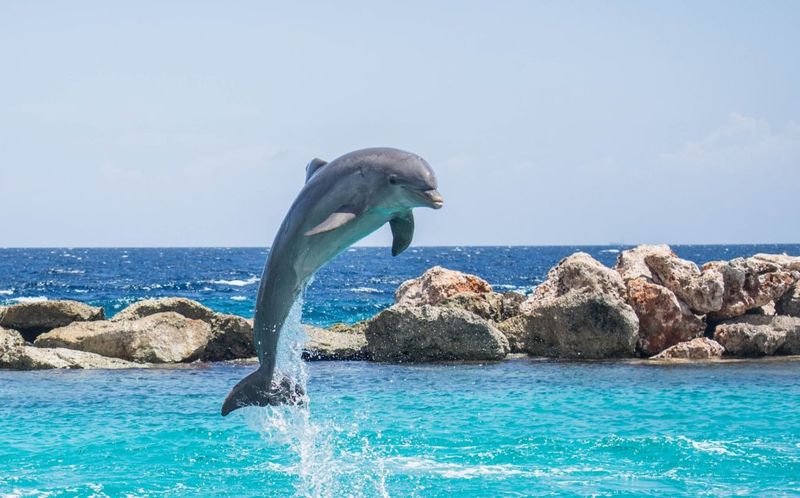
Both species use echolocation, but with fascinating differences! Orcas produce lower-frequency clicks that travel farther, helping them locate prey across greater distances in open ocean environments.
Dolphins emit higher-frequency clicks better suited for detecting smaller prey and navigating complex coastal environments. Their echolocation is so precise they can detect objects the size of a pea from 15 feet away!
13. Conservation Status
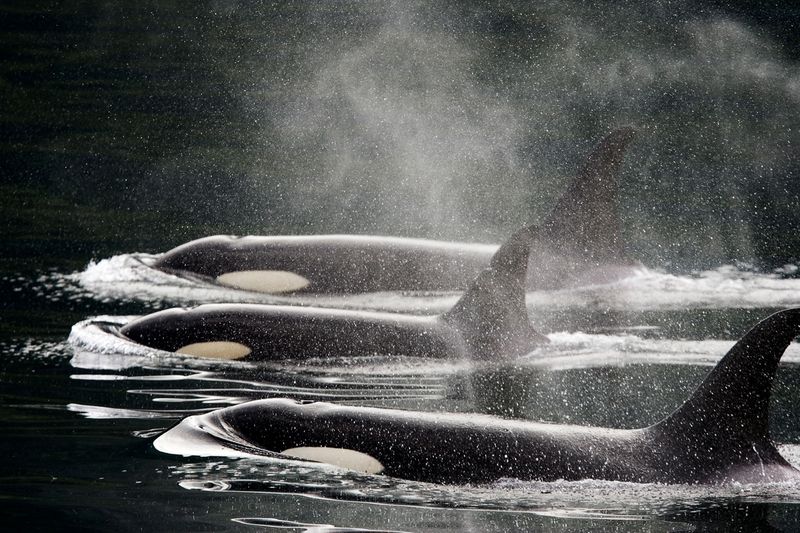
Several orca populations face serious threats, with some Southern Resident pods listed as endangered. PCB contamination, food scarcity, and boat traffic create multiple pressures on these intelligent animals. Dolphin conservation status varies greatly by species and location.
While some populations thrive, others face critical threats from fishing gear entanglement, habitat loss, and pollution—particularly in river and coastal environments.
14. Interaction With Humans

Wild orcas rarely threaten humans despite their predatory nature. Captive orcas, however, have been involved in several trainer injuries and deaths, highlighting the stress these large, intelligent creatures experience in confined spaces.
Dolphins generally seek out human interaction in the wild, approaching boats and swimmers with curious, playful behavior. This friendly disposition has unfortunately led to extensive captivity for entertainment purposes worldwide.





